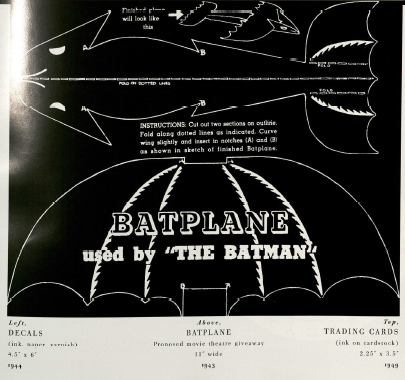 |
| Fig. [3] |
There is a growing trend in Academia and that is the discussion of global history. Global History is a fascinating and exciting field but it does have a few draw backs. You may recall a world history class in high school or maybe one in college. If you were like me in undergrad I took two American history courses and two Western Civilization classes. Global history is slightly different than world history. World History does not quite work the same way.
World history gives a
couple of misleading impressions, first for the American students it tends to
make them think that main division between studies is American history and
world history making American history sound more important than it is. Now don’t get me wrong I am an Americanist
and enjoy American history more than any other regional study that History has
to offer. However, one does have to
acknowledge that there are older civilizations than that of the United
States. A global perspective tries to
put the history of the United States in the context of the rest of the world. World history gives the impression to be monolithic. It shows that
civilizations rise and fall without much connection of one to another. “Global history is superior in this sense
because it recognizes that civilizations are not static, they fight each other,
trade with each other, convert each other and infect each other.”[1] Global
history can use a number of approaches in its study, Social history, Military
history, economic history, intellectual history and of course Cultural history. It allows historians to see the big picture,
how different civilizations have interacted and how ideas, like
Industrialization and Globalization, go from Europe to Asia and vice versa. Large
complicated narratives can streamlined and studied as a big picture history.
Global history is a
useful tool to historians but, just like anything else, there is a tradeoff. Some
of the challenges for a historian using Global History is that it streamlines
those large historical questions but, it can lose some of the intricacies of
the argument. Smaller details can be lost,
Global history is not as good at looking at smaller stories. The type of
stories better told trough micro-histories and biographies. Cultural history
can be done but it is hard to do a global-cultural history because one must be
an expert in so many different cultures in order to see them interact it
becomes too general. [2]
 |
| Fig [4] |
If you are
interested in reading any global histories, The World History Association
offers recommended reading list. Here is
the link:
[1] Keating, Christopher. “Final Essay World
History Class.” 12/11/2015.
[2] Keating, Christopher.
“Hist 671 Global History Response Essay.” 11/9/2015.






























